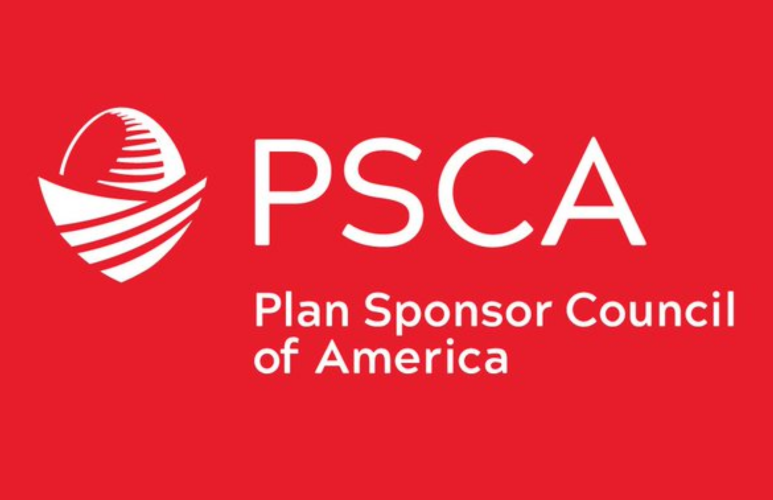Employer contribution rates to 403(b) plans increased almost 24% year-over-year from 4.6% in 2020 to 5.7% of gross annual pay during 2021, according to an annual 403(b) Plan Survey from the Plan Sponsor Council of America (PSCA), part of the American Retirement Association.
The long-term impacts of the COVID-19 pandemic and competition for talent for cited by the report’s authors as the reason for the uptick.
Even after weathering the financial impacts of the COVID-19 pandemic, the average employer contribution is now higher than it was three years ago (though not yet at pre-pandemic levels). The survey found the average organization contribution per active participant was $4,887 in 2021 — up from $3,943 in the 2020 plan year.
Sponsored by Principal Financial Group, information was gathered from more than 300 nonprofit organizations regarding their 403(b) plan experience in 2021. Data shows more eligible employees utilized retirement plans in 2021 (83.4%) than in 2020 (82.6%). An average of 79.4% of eligible employees made contributions to their plans in 2021, an increase from 77.2% in 2020.
“It’s promising to see the recovery of organization contributions in 2021 and the continued increase in retirement plan participation from nonprofit workers,” said Hattie Greenan, director of research and communications at PSCA via a statement. “This bodes well for the resiliency of retirement plans, and for nonprofit organizations and workers as we again face economic uncertainty amid market volatility and inflation.”
Additional survey findings showed not only an overall increase in deferral rates, but plan design enhancements as well as increased education and investment support for employees:
- The average participant deferral rate climbed from 6.2% in 2020 to 6.9% in 2021.
- Availability to make Roth contributions jumped from 49.5% in 2020 to 58.8% in 2021.
- The percentage of plans providing immediate eligibility rose for both matching and non-matching contributions by 7% and 20%, respectively.
- More than half (54.2%) of plans in 2021 offered investment advice, up from 41.6% in 2020.
- Increasing overall financial literacy (30.3%) moved above increasing participation (28%) as the No. 1 purpose for providing plan education to employees
For more survey results, visit https://www.psca.org/research/403b/2022AR.
